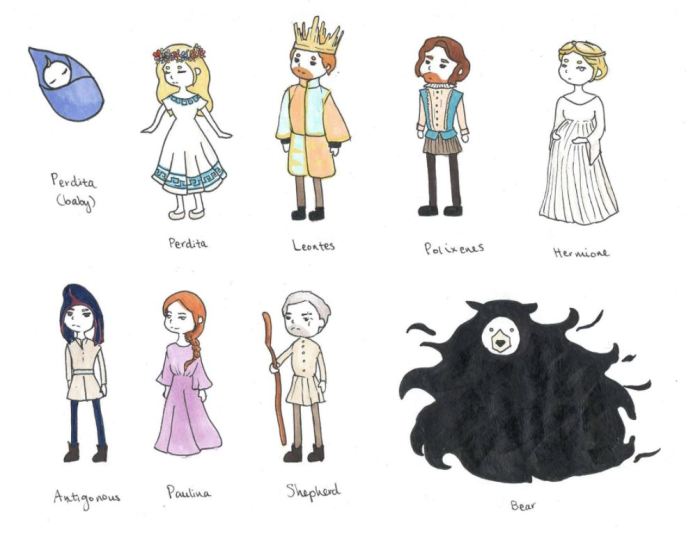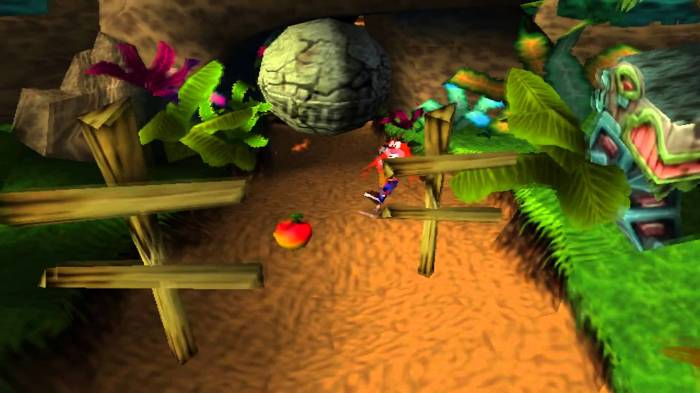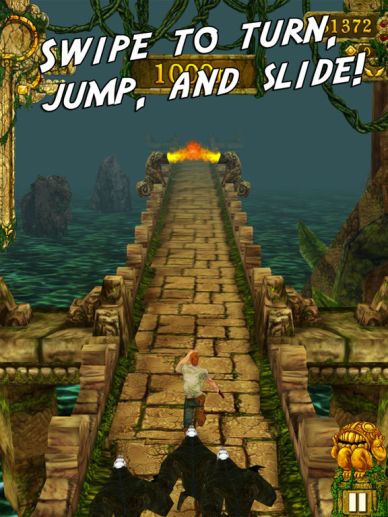The Legend of Zelda: Breath of the Wild
(Nintendo, Switch, 2017)
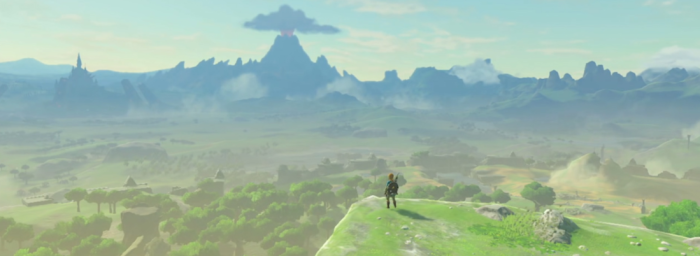
Nintendo’s latest iteration of the renown Legend of Zelda series, Breath of the Wild tackles the problematic open world approach and manages to tame it. The game offers the player unparalleled freedom, offering a bare bones tutorial and general objective before throwing you right into the wild. You learn what works through trial and error, seeing what approaches to combat and exploration works and what will get you killed and sent back to your last save. The game takes an approach of poking at the player’s sense of curiosity; seeing what real life logic they can incorporate into this virtual landscape. For example, swinging a lit torch into a field of grass will start a quickly spreading fire, or pushing a boulder onto a group of unsuspecting enemies will result in a quickly won battle.
Breath of the Wild is an incredibly rewarding and fun experience because of this level of freedom it grants the player. It trusts them to make their own way, taking things at their own pace and prioritizing their own goals, whether it be rushing through the story to save the princess, or taking their time to seek out the little detours of the world. Rather than feeding the player experiences through cinematic cutscenes or drawn out battles, it gives you the ability to create your own experiences through your travels. No two players will have the same sort of journey. Elements like dynamic weather and day/night cycles also ensure the player has a progressive experience that sees the player have to control their own pacing, choosing when to stop and rest up or change tactics depending on what world dynamics or enemies the game decides to throw at you.
Mechanics
– Loot system
– Inventory with limited space
– Game Over and Checkpoints
– Health Bar, affected by player items and the amount of damage an attack on the player character is
– Armour
– Physics engine
– Collectible items
– Too many to list…
Persona 5
(Atlus, PS4, 2017)
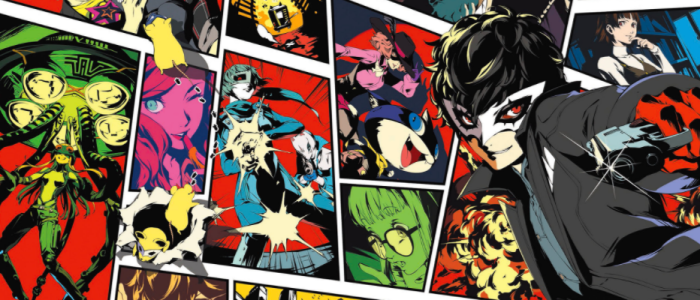
Persona 5 is the long awaited followup to Atlus’ Persona 4, a 2008 Japanese roleplaying game that won over audiences all across the world. Taking place in modern Japan, it follows a group of high school students who come across a power of summoning ‘Personas’, spirits that act as an extension of the user’s inner will and can fight on their behalf. With this power, the group takes it upon themselves to fight against criminals in their society, ranging from their abusive gym teacher to the next Prime Minister of the country.
The game itself is a mix between a role playing game and visual novel, telling its story through an extensive use of text in which the player can choose responses which can immediately impact the story.
The player character experiences story elements at predetermined intervals, but in between can spend each day as they please. The game revolves around a day to day cycle, in which the player can choose their day’s activities. These activities will be dependent on factors like the weather, other non-player character’s availability, and the player character’s social status. They are encouraged to spend time with friends with allies in order to build a bond with them which further strengthens their strength of will and their personas in turn, giving an advantage in combat. The player is then required to advance through dungeons before a certain time period, though this can and is encouraged to be done at their own pace. The player’s choice of whether to spend time on certain activities or furthering their progress in gameplay can also be influenced by other npcs contacting them, offering advice or requesting time be spent a certain way. A new feature to the series is an online mechanic that allows the player to see how other players around the world spend their time, as shown by a percentage. While the game offers a guise of complete freedom, it constantly tries to direct the player down a certain ‘correct’ path that will ensure their success both in narrative and gameplay. This is not inherently a bad thing, as it allows the room for player choice while also focusing the experience and making sure it stays on track. The director wants to make sure the player is there to experience all the best moments and beats of the game, while still making sure they can choose how to get there.
Mechanics
– Turn based combat, influenced by elements like attack and defense points
– Fast travel
– Experience points and leveling up
– Affinity system with other characters
– Multi-choice dialogue
Resident Evil: Revelations 2
(Capcom, PC, 2015)
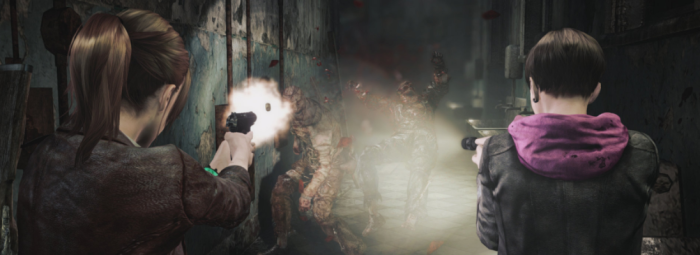
A spinoff of Capcom’s iconic horror series Resident Evil, we follow series veteran characters Claire Redfield and Barry Burton as they take on a new evil. The game was split into 4 episodes that were released throughout February and March of 2015, each coming out with 2 split campaigns in which the player is given the reigns to each character respectively. The first story sees Claire and her companion Moira trying to escape an island they were forcibly trapped on, followed up by Barry’s story several months later as he comes to the island looking for answers.
The gameplay itself is fairly standard for both the series and the horror genre itself. You are tasked with taking down zombies with an arrangement of weapons. As the levels progress, you gain new weapons, techniques and of course, stronger enemies to face as you try and escape your predicament. What makes Revelation 2 so unique and fun to play is its buddy system.
The buddy system has been problematic in games past, as they often rely on unreliable AI that can hinder the player’s progress. They will get stuck, block the player’s aim, or constantly die when left behind. Games like Bioshock Infinite, The Last of Us and Resident Evil 5 and 6 try and amend this by making side characters invincible, constantly stay out of the player’s way, or even rely on having 2 players control each character. Revelations 2 has solved this problem a different by giving you full control of both characters at all times, ensuring both characters are used to their full gameplay and narrative potential. Each campaign pairs you with a sidekick you can freely switch to playing at any time, who have a different playstyle and set of abilities. Claire has Moira, who has a strong melee attack and blinding flashlight, while Barry gets Natalie, who can detect monsters and throw bricks. Surviving the night will require you to rely on the strengths of each character, making the most of their respective abilities to progress.
Mechanics
– Shooting and hitboxes
– Puzzle solving, putting the right pieces together allowing progress
– Inventory with limited space
– Item crafting
– Weapon and skill upgrades
Player Unknown’s Battlegrounds
(Bluehole, PC, 2017)
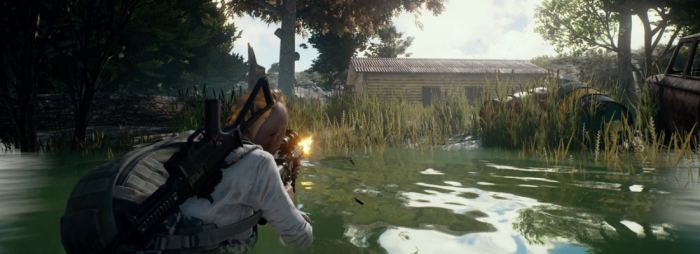
Battlegrounds is a battle royale style multiplayer game that takes place in rounds, requiring you to kill other player characters in order to be the last one standing. All players are put into a lobby of upwards of 100 people and put into a plane above an island, in which they can strategically choose where to drop. Items like weapons, armour and food are randomly spawned in settings like schools, houses and expansive military bases, making an objective to seek out the best equipment and using it to take down other players while they try to do the same. While the numbers of living players drop, the map is constantly getting smaller as the players are guided by the system into a more central area. A wall that gradually damages the player character is constantly closing in around the map, leading to a constant sense of pressure as well as a source of strategy, as players wait for the incoming wall to draw out their enemies. On death, the player character doesn’t respawn and the player can choose to either spectate or leave and join a new match, while other player’s can loot their corpse and take the items they were carrying. The game can be played solo or in teams of up to 4, with each match being balanced to ensure teams are put versus teams of an equal or similar number to ensure a fair round.
The fun comes from the rapid-fire, spontaneous nature of each round. You can be killed seconds after landing by a quicker or more fortunate opponent, or make your way to the top of the food chain as you approach a nail biting climax between the last few players standing. The gameplay is relatively simple; you can run, jump, shoot and ride vehicles. It is solely these interactions with other players that are the driving force behind the lasting appeal of the game, as well as what the game mechanics work together for to achieve. Mistakes are punished harshly, but the thrill of winning is addictive, and both results encourage the player to continue playing – to try their luck in the next round. It’s a game of skill with a healthy amount of RNG thrown in that adds a much welcomed wildcard element.
Mechanics
– Gunplay and melee combat
– Driving
– Loot system
– Player vs player
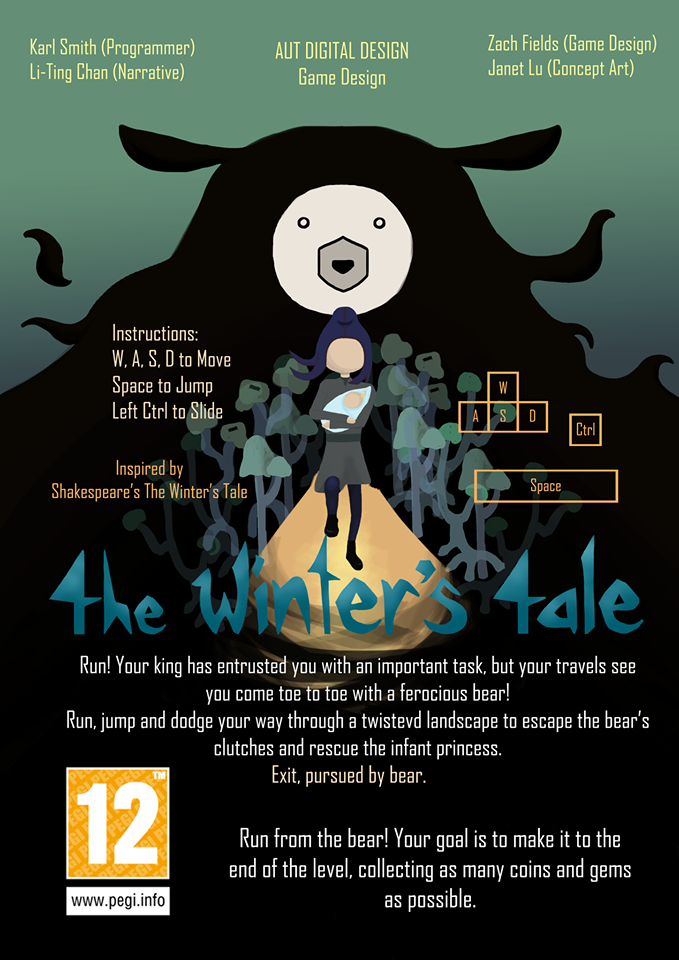
 Poster (text):
Poster (text): 







 https://www.dropbox.com/s/ulug4anbo8jvdx1/winters_tale.png?dl=0
https://www.dropbox.com/s/ulug4anbo8jvdx1/winters_tale.png?dl=0

 https://www.dropbox.com/s/dihbmrgz32w9vlx/Poster_04.5.png?dl=0
https://www.dropbox.com/s/dihbmrgz32w9vlx/Poster_04.5.png?dl=0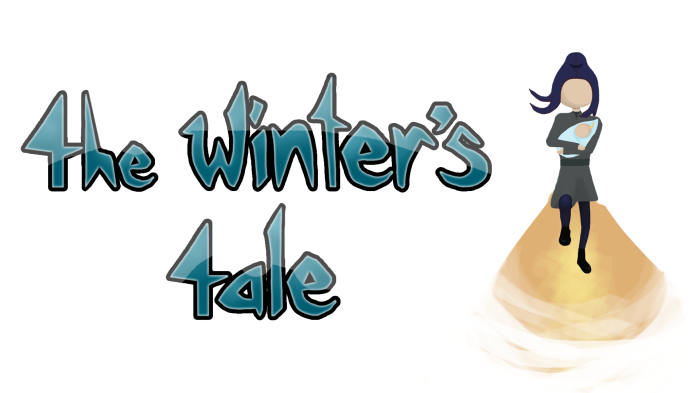
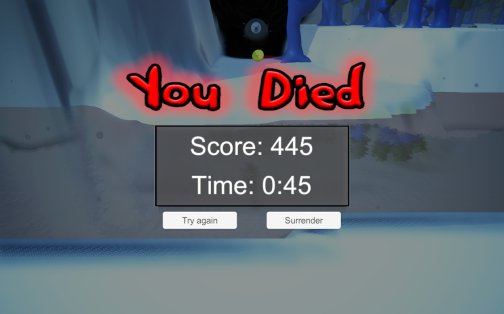
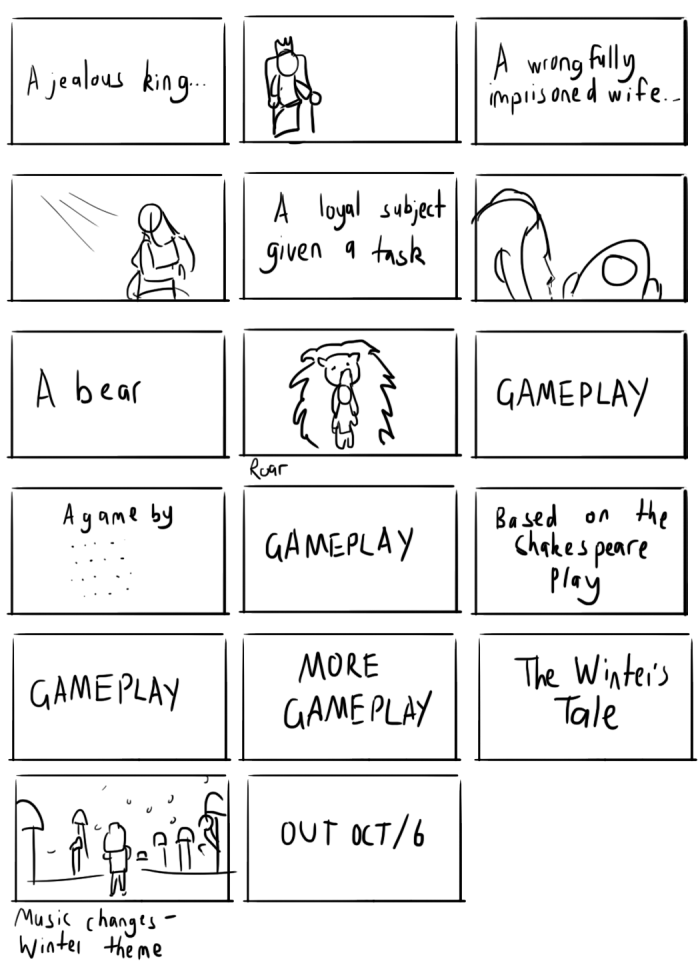
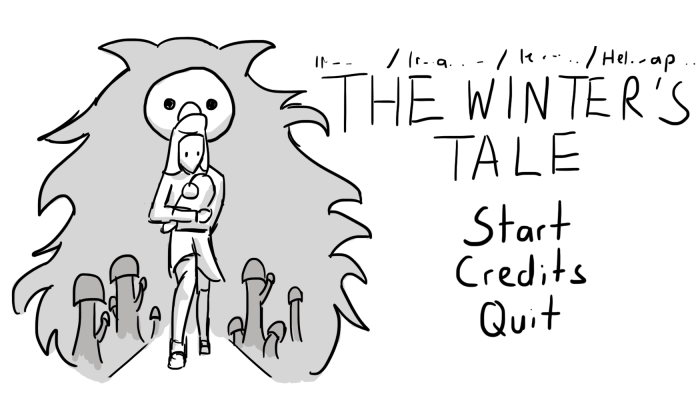
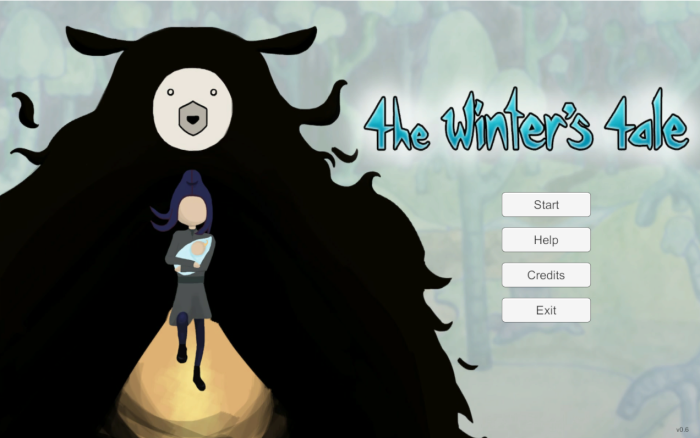
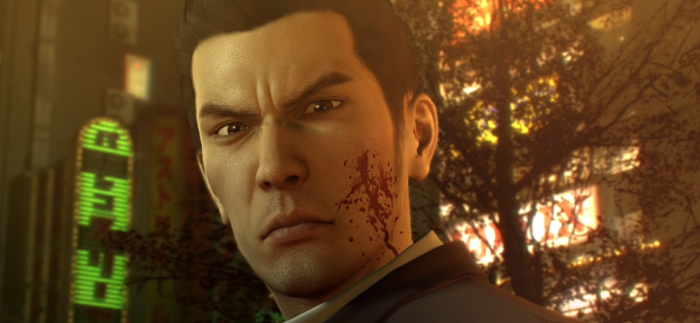





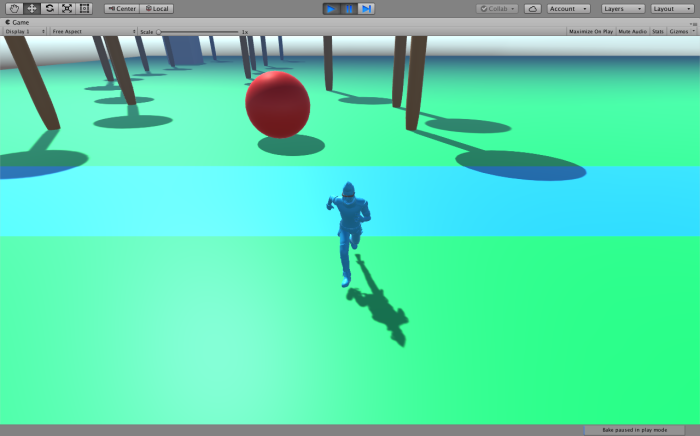 Screenshot of our first build, provided by Karl
Screenshot of our first build, provided by Karl

